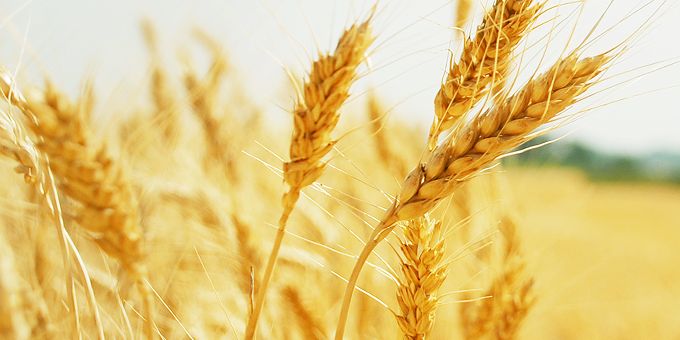Although crop insurance claims are something most farmers fear, with the advent of digital agriculture technologies, many data technology companies are now able to provide streamlined reporting and better risk management modeling by partnering with crop insurance providers.
 Crop Insurance Goes Digital Through Partnerships
Crop Insurance Goes Digital Through Partnerships

Contributed by | V Home Insurance
Although crop insurance claims are something most farmers fear, with the advent of digital agriculture technologies, many data technology companies are now able to provide streamlined reporting and better risk management modeling by partnering with crop insurance providers. VHome insurance examines the role of crop insurance in a digitized world of agriculture. A wide array of smart technology including robotics, sensors, drones, data management software, and analytics are being used to help address some of the challenges faced by governments, farmers and insurers. Some of the key issues include climate change, coverage issues and requirement of new insurance models. In order to effectively address the current challenges, insurance providers will have to leverage the capabilities of the emerging digital-agriculture ecosystem.
Encouraging the growth of this emerging digital-agri-ecosystem is the flurry of recent collaborations between agriculture data companies and insurance companies. The Climate Corporation and Farmer’s Mutual Hail Insurance Company of Iowa have tied up to enable farmers to connect their field data for seamless delivery of crop insurance reporting. Using The Climate Corporation's FieldView data platform, the claims process for adjusting crop losses can be streamlined for policyholders by eliminating the need for manual data entry.
To offer real-time field data with customized crop insurance products, Farmers Edge, a data-driven technology company signed an agreement with Partner Re. Farmers can now maximize crop yields, make better decisions and secure tailor-made insurance solutions based on their requirements. And to further strengthen this trend, Rain and Hail, a division of Chubb’s agriculture, signed an agreement with Bushel to digitally connect farmers with customers. Another notable collaboration is Farmobile's data collection system with AmTrust Agriculture Insurance Services. The aim is to provide farmers with innovative, yet practical, risk management and data management solutions.
In March of 2019, The Climate Corporation and NAU Country Insurance Company decided to come together to enable seamless crop insurance reporting for U.S. Farmers. Several other insurance programs are being offered nationwide. Farmer’s Business Network (FBN) announced it would offer insurance for crops through FBN Insurance, LLC. These agreements help farmers use precision farming to protect their crops through various climatic conditions, and provides risk management solutions as per requirement.
(2).jpg)
The content & opinions in this article are the author’s and do not necessarily represent the views of AgriTechTomorrow
Comments (0)
This post does not have any comments. Be the first to leave a comment below.
Featured Product

